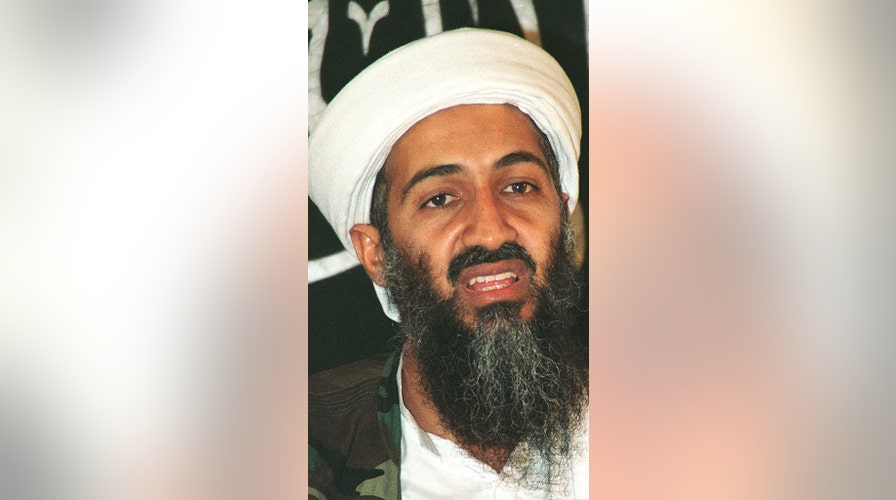Fox News Flash top headlines for July 2
Fox News Flash top headlines are here. Check out what's clicking on Foxnews.com.
After raiding Usama Bin Laden's compound, the government used artificial intelligence to discover future al-Qaida plans.
That CIA-led raid took place on May 2, 2011, killing Bin Laden, America’s most wanted terrorist and the founder of al-Qaida, the group responsible for the Sept. 11 attacks.
“The large quantity of materials collected from the compound required time for a thorough review,” the CIA said in a report about the raid, adding the agency "led a multi-agency task force to prioritize, catalogue, and analyze them for intelligence about al-Qa`ida’s affiliates, plans and intentions and current threats.”
UNIVERSITY OF CALIFORNIA PAYS OVER $1M TO RANSOMWARE GANG
Among those materials was a treasure trove of documents, according to Brian Drake, Defense Intelligence Agency's Science and Technology director of artificial intelligence, who spoke during a recent U.S. Department of Defense video conference.
The Defence Intelligence Agency’s (DIA) National Media Exploitation Center (NMEC) worked with the CIA, the National Geospatial-Intelligence Agency and others to collect the data.
The NMEC’s mission, which Drake focused on in the call, is to exploit captured media from the field.
“So when we do a raid – for example, the Usama Bin Laden raid – that media that was captured in that raid was…shipped over to our folks…[and] in the process of going through all those documents, they discovered future plans that Al Qaeda had, the perspectives that Bin Laden had and so forth,” Drake said during the conference call.
Drake went on to explain that for the last 15 years, NMEC has been investing in AI.
“They’ve made investments in text recognition technology, object detection, machine translation, audio and image categorization…what that allows them to do is go through petabytes of data they get from document exploitation. That results in tens of billions of pieces of data,” he added.
“What they have successfully done is deployed a capability to go through all of those pieces of data and then drive the kind of insights we got from the [Bin Laden's] Abbottabad compound raid and do it extremely quickly,” Drake explained.
“By doing that, we can warn and alert on things that are emerging threats or plots that are coming up or even mysteries that we didn’t understand before,” he said.
Paul Stanley, the Chief Engineer for the Office of Information Technology Services, the IT component for the National Counterterrorism Center (NCTC), discussed how machine learning, a type of AI, is used.
“[Instead of piecemeal analysis] what we’re able to do now with machine learning is supervised machine learning,” he said.
“We’ve got this corpus of data from years and years and years of human [data] exploitation," he continued. "Let’s take the finding of that human exploitation and let’s train a model to predict, as documents come in, to give analysts a heads up that this may be relevant to them or this is definitely something they don’t care about."
APPS DESIGNED TO TRACK COVID-19 MIGHT BE FULL OF RANSOMWARE, REPORT SAYS
"Just by doing something that simple, we’ve seen a huge reduction in the amount of work we have to do on the human side,” he said.
This capability will also provide a competitive advantage for warfighters, Jane Pinells, the chief of test/evaluation of AI for the Defense Department's Joint Artificial Intelligence Center, said during the call.
Interdisciplinary teams from neuroscience, education and experimental psychology, will work to understand how the human-machine teaming with AI can be best integrated with the warfighters, she said.

